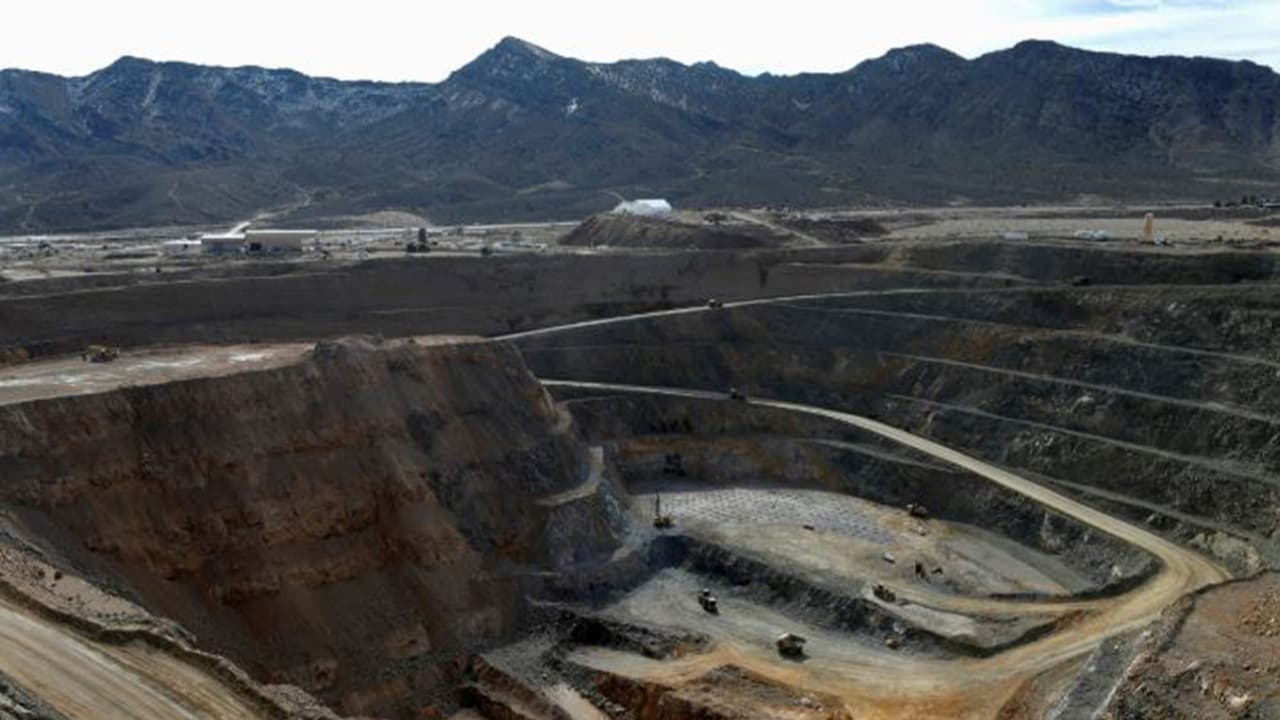A strategic contest for Rare Earth Elements (REEs), vital for clean energy and technology, is intensifying as global demand surges. Countries are seeking to diversify supply chains away from China, which currently dominates the market.
As the global shift toward clean energy accelerates, a strategic contest is unfolding for control over the minerals that power modern technology noted a research report by Kotak Mutual Fund. Among them, Rare Earth Elements (REEs), the 17 metallic elements vital for electric vehicles, wind turbines, smartphones, and defence systems are fast being called the “new oil” of the 21st century.
“Invisible to most, rare earths are quietly powering the shift toward cleaner energy, stronger economies, and a smarter, more sustainable world,” noted the report.
India, with an estimated 6 per cent of the world’s rare earth reserves, is now emerging as a credible alternative source in this billion-dollar opportunity. Though currently contributing less than 1 per cent of global REE production, India’s vast geological potential, spanning coastal states like Kerala, Tamil Nadu, Odisha, Andhra Pradesh, and Gujarat, offers immense promise for the future.
Under the National Critical Mineral Mission (2025), India has prioritized the exploration, mining, and processing of these critical resources. The recent removal of IREL (India) Limited from the U.S. export control list marks a pivotal step, paving the way for enhanced global collaboration. IREL’s upcoming Visakhapatnam facility will produce samarium-cobalt magnets domestically, a milestone toward technological self-reliance.
Through initiatives like KABIL (Khanij Bidesh India Limited) and participation in the US led Mineral Security Partnership (MSP), India is asserting its growing geopolitical and economic importance in the global critical mineral ecosystem.
Globally, China continues to dominate the rare earth supply chain, accounting for around 70 per cent of mining and 90 per cent of refining. However, with the US, Australia, and others seeking to diversify, India’s emergence could reshape the balance.
“China’s share is expected to fall from 69 per cent to 51 per cent in mining and 90 per cent to 76 per cent in refining by 2030, according to the IEA. This trend reflects a broader international effort to develop more balanced and resilient supply chains.” the report highlights.
Backed by reforms under the Mines and Minerals (Development and Regulation) Act (MMDR) and Production Linked Incentive (PLI) schemes, India is encouraging private investment, R&D, and sustainable processing, traditionally the biggest challenges in REE production.
With demand projected to rise by up to 700 per cent by 2040, India’s progress in this field could not only secure domestic supply chains but also position it as a global leader in clean-tech manufacturing under the ‘Make in India’ initiative.
“Demand for rare earth elements (REEs) will surge as the world shifts to clean energy and digital technologies, with usage projected to rise 300-700 per cent by 2040.” noted the report.
As the world moves toward an energy-secure, low-carbon future, India’s rare earth push represents more than a mineral opportunity, it’s a pathway to industrial resilience, technological advancement, and strategic autonomy.
(Except for the headline, this story has not been edited by Asianet Newsable English staff and is published from a syndicated feed.)
